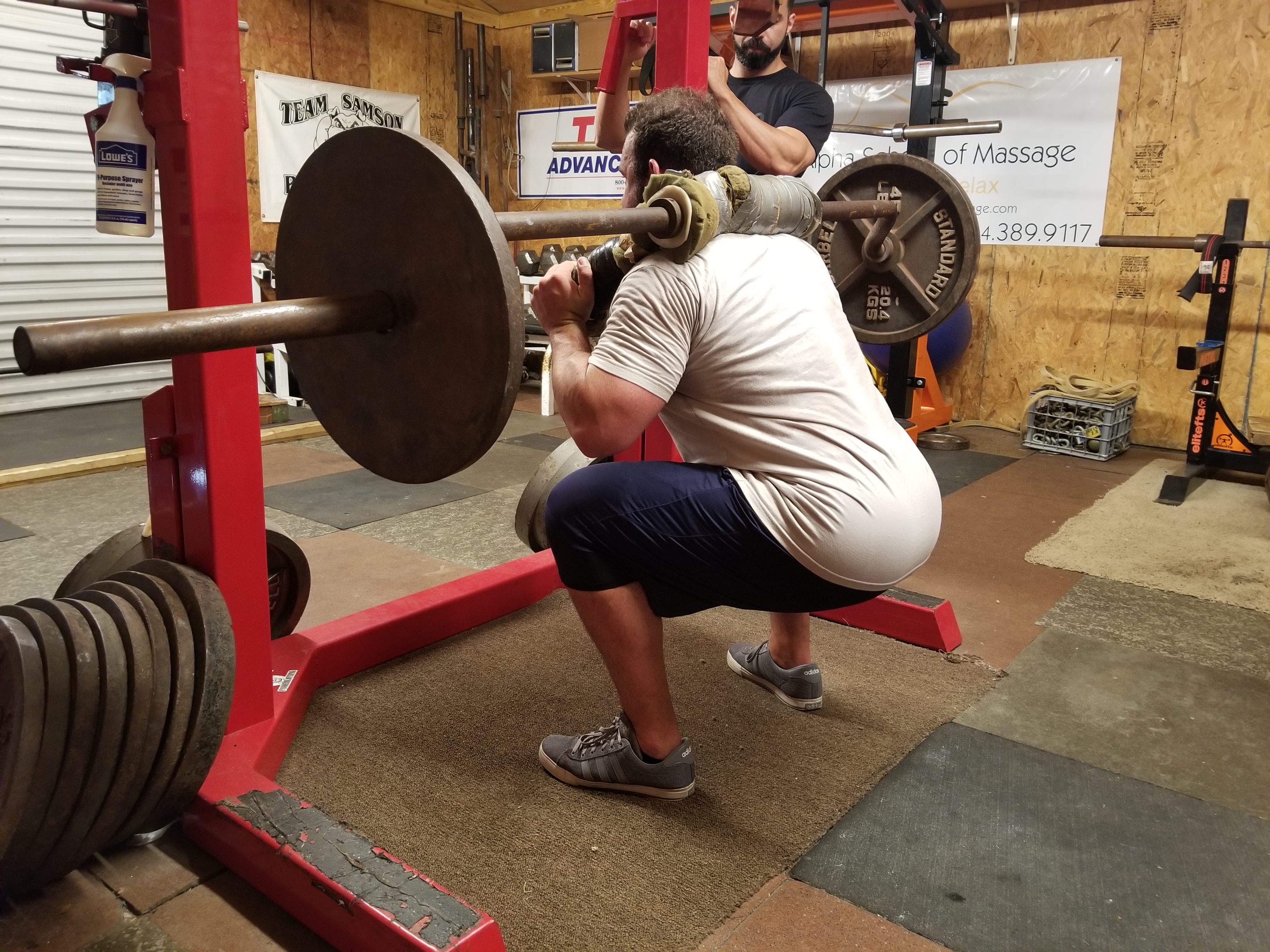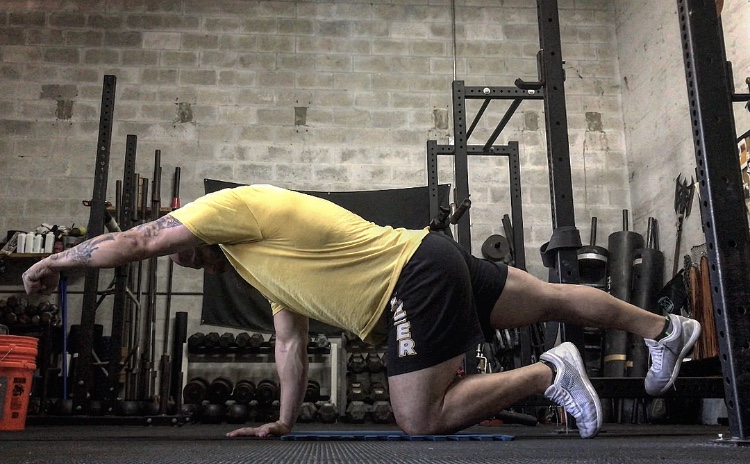
22 Oct Skipping Assistance Work
By Ben Sheard
We have all done it. Occasionally there is a day where you spend all your energy completing your main lifts (equipped lifters especially), and the only thing you want to finish up with is a car ride home. It might seem like it’s no big deal, and if it happens to be just one time here or there it might not be a difference maker at all, but skipping assistance work on a regular basis can, and likely will have a negative impact on your growth and potential. I have been guilty of this recently in my training, which is why I can compare the outcomes of completing and not completing assistance work. There is a big difference between hitting all your programmed work and just hitting your main lifts and heading home. These movements, not limited to warmups like the McGill Big 3, for me, should be included during every training session at a minimum.
It’s just too easy sometimes to not want to put in the work that you know you should be doing and justify some reason that you can end your training session early. Maybe you’ll figure “Eh, it’s just this one time, it won’t hurt.” Trust me, I am very familiar with rationalizing things that way, still to this day, and the only person I am hurting is myself. Generally speaking, it takes around 21 days to change a bad habit into a routine. Not 21 training days, but 21 days as in three weeks of training. I’m not saying that if you neglect your assistance work for three weeks you are doomed forever, but you did take a bad habit and form it into a routine that is going to be harder to break. While it takes 21 days for bad habits to become routine, it is going to take even longer than that to make your good habits become a routine. Research suggests that the period it takes to build good habits into a routine is around 66 days. So, essentially, what I gather: it is easier to fall into a routine of skipping assistance work than it is to start doing assistance work again.

Skipping your assistance work isn’t bad just because you are supposed to do it but because there is a reason you’re supposed to be doing it in the first place. There are individual muscles that we use on our big three lifts that can only be built up by training them individually and directly. If you decide to skip or skimp on your accessory work, those neglected areas will start to become weak points in your lifts. Assistance work builds endurance, work capacity and can help prevent injury, which can be essential for us powerlifters who seem to be doing sets of 3 or less at all times. Avoiding assistance work can also lead to a decrease in muscle mass, which is pretty significant in making strength gains.
Nearly all of us at the beginning of our strength training journey were eager to get into it and likely did as much work as we could handle. Over time, we are less motivated to keep up that kind of pace and production slowly drifts off. It seems as though we forget how we got to where we are. You might be able to MAINTAIN strength by hitting only your main lifts, but it will be tough to BUILD strength. Looking back on my results, the best total I have had so far was a little more than a year ago, and this is also why I found myself writing this article. The only change to my training that has occurred is the fact that I worked really damn hard to get to that total last year. I hit all my assistance work and finished everything that was programmed. Complacency became an issue, and I thought I would be able to build and chip away at a more significant total by hitting my main lifts and leaving accessory work for when I felt like it. For the last three meets I have done, I honestly did not finish my assistance work on most days. The results speak for themselves, as I have been hitting a good 100lbs under my total from last year.
Here is my takeaway: Lifters will put in the amount of effort that they desire. The question is: Are you willing to put in the work that is necessary to be a well-rounded and disciplined lifter?
To read more from Ben and to follow his training, check out his Author Page and to learn how to plan your own assistance work and be your own coach, grab your copy of 10/20/Life 2nd Edition at the PRS Store.
Ben Sheard
Latest posts by Ben Sheard (see all)
- An Honest Personal Review of CBD - February 11, 2019
- Discussing Pain Management - December 31, 2018
- Mental Mistakes - December 3, 2018





Sorry, the comment form is closed at this time.